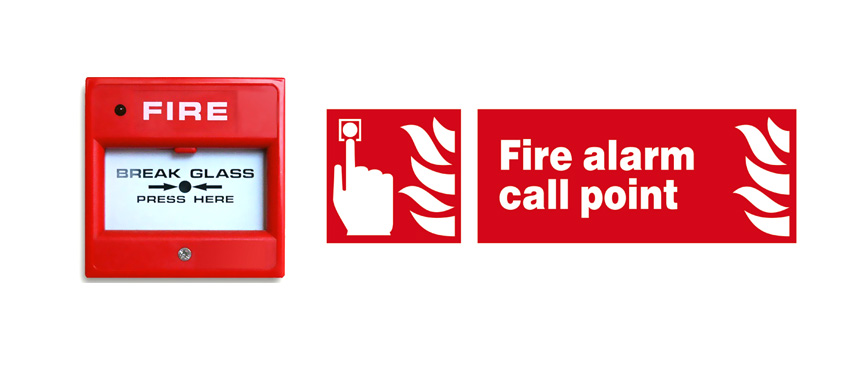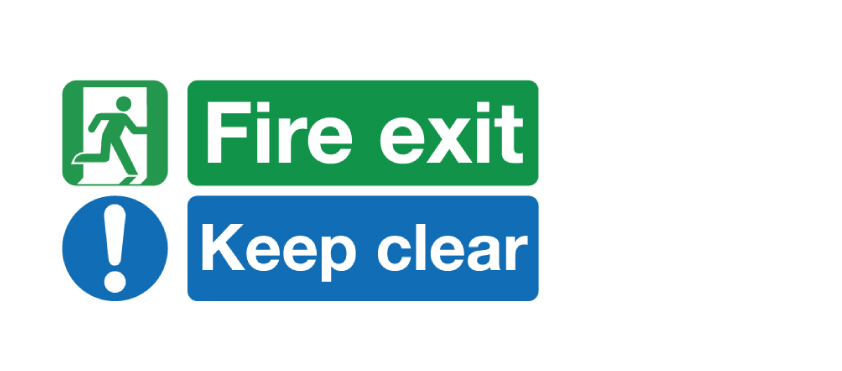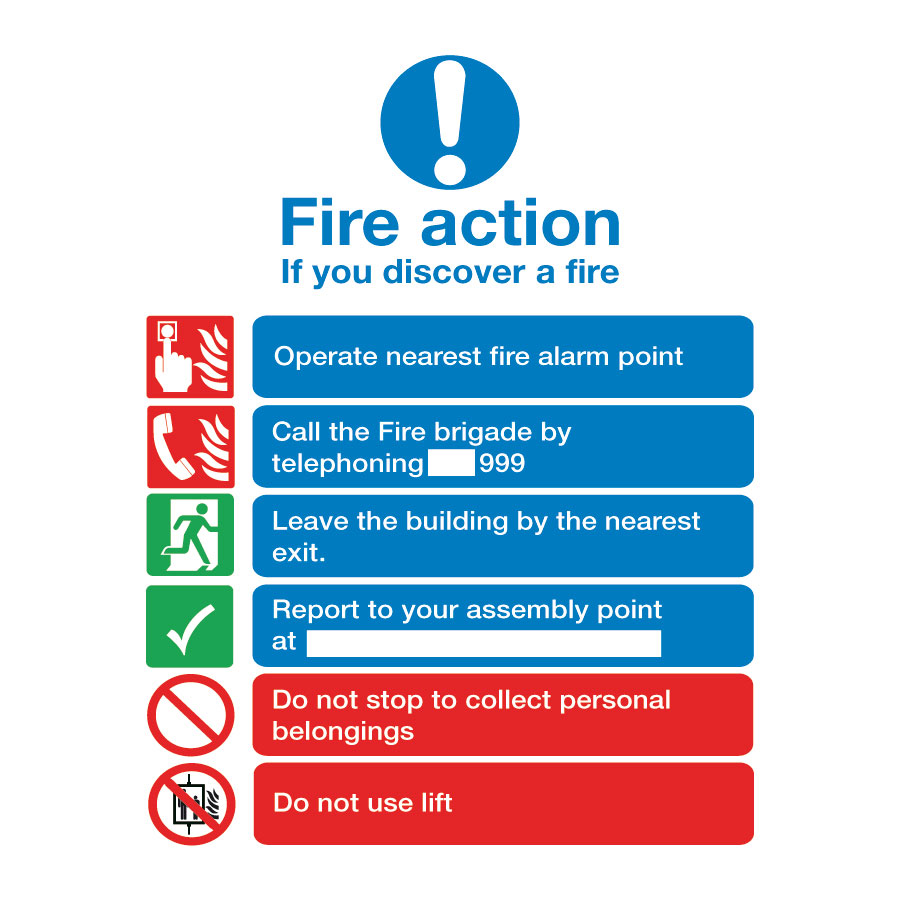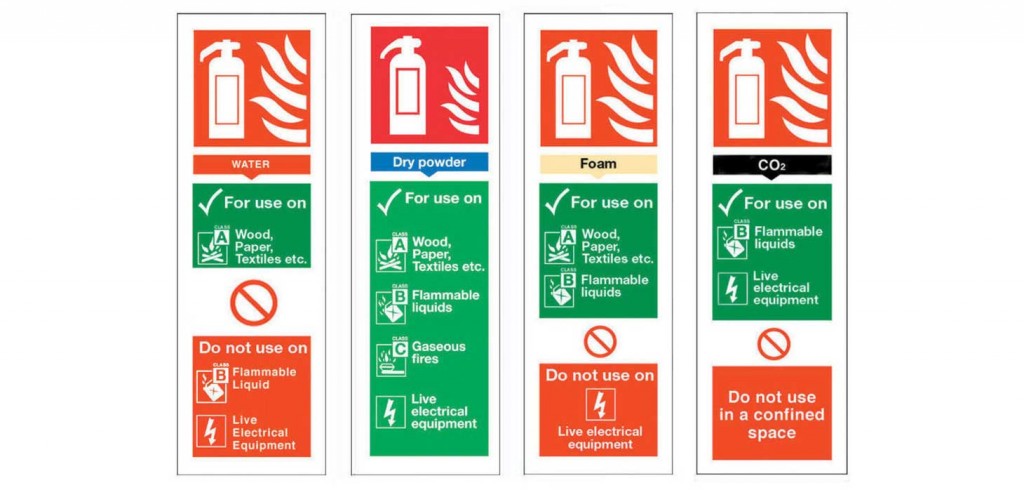Identifying Fire Hazards
THREE things are needed for a fire to start:
If any one of these is missing, a fire cannot start.
Taking measures to avoid the three coming together will therefore reduce the chances of a fire occurring.
Examples of sources of ignition
Examples of sources of fuel
Examples of sources of oxygen
The main source of oxygen for a fire is in the air around us.
Additional sources of oxygen can sometimes be found in materials used or stored at premises, such as Chemicals (oxidising materials), which can provide a fire with additional oxygen and so help it burn. These chemicals should be identified on their container (and our Control Of Substances Hazardous to Health (COSHH) data sheet).
Oxygen can also be supplied from cylinder storage and piped systems, e.g. Medical oxygen. IGP stores oxygen on site at Cardiff Gate.
How Fire Spreads
Fire is spread in three ways:
Convection
Fire spread by convection is the most dangerous and causes the largest number of injuries and deaths. When fires start in enclosed spaces such as buildings, the smoke rising from the fire gets trapped by the ceiling and then spreads in all directions to form an ever-deepening layer over the entire room space. The smoke will pass through any holes or gaps in the walls, ceiling and floor into other parts of the building. The heat from the fire gets trapped in the building and the temperature rises.
Conduction
Some materials, such as metal shutters and ducting, can absorb heat and transmit it to the next room, where it can set fire to combustible items that are in contact with the heated material.
Radiation
Radiation heats the air in the same way as an electric bar heater heats a room. Any material close to a fire will absorb the heat until the item starts to smoulder and then burn.
Smoke produced by a fire also contains toxic gases which are harmful to people. A fire in a building with modern fittings and materials generates smoke that is thick and black, obscures vision, causes great difficulty in breathing and can block the escape routes.
Evaluate the Risk of a Fire Occurring
The chances of a fire starting will be low if ignition sources and combustible materials (fuel) are kept away from each other.
In general, fires start in one of three ways:
Remove or reduce the hazards
Having identified the fire hazards you need to take reasonable steps to reduce them. It is important to identify all of the above factors and ensure that the risk of a fire is kept to a minimum. Some actions may require you to inform your manager or supervisor (e.g. electrical faults). In most circumstances simple steps can be carried out as routine by employees (e.g. ensuring paper is kept away from electrical equipment etc.).
Have a look around your office now, around and under your desk. Look around the printer or plug points. Look at where electrical points are and their vicinity to paper or other combustible materials. Look out for clutter blocking any escape routes. Look for tripping hazards that may hinder you or a colleagues’ escape from the building in the event of a fire. If you can see something that has a potential risk you need to do something about it not just ignore it.
Remove or reduce the risks to people
Warning Systems
Having evaluated and addressed the risk of fire occurring and the risk to people (preventive measures) it is unlikely that you will be able to conclude that no risk remains of fire starting and presenting a risk to people in your premises.
We now need to reduce any remaining fire risk to people to as low as reasonably practicable, by ensuring that adequate fire precautions are in place to warn people in the event of a fire and allow them to escape safely.
All healthcare premises will need some form of system for detecting fire and warning the occupants. Detection and warning of fire can be provided by staff and/or automatic fire-detection and warning systems.
In some small, single-storey open-plan premises, a fire may be obvious to everyone as soon as it starts. In these cases, where the number and position of exits and the travel distance to them is adequate, a simple shout of "fire" that can be heard by everybody may be all that is needed.
Where a simple shout is not adequate, it is likely that an electrical fire warning system will be required. In larger premises, particularly those with more than one floor, where an alarm given from any single point is unlikely to be heard throughout the building, an electrical fire warning system incorporating sounders and manually operated call points (break-glass boxes) is likely to be required.
IGP have this type of a system at Cardiff Gate. The alarm sound is tested weekly, the system has a general check quarterly and a full system check is carried out annually.

Escape routes and strategies
Once a fire has started, been detected and a warning given, everyone needs to be able to escape safely, either unaided or with assistance, but without the help of the fire and rescue service. People with some form of disability may need assistance and individual staff need to be aware of their role in assisting them.

Fire drills should be carried out on an annual basis to ensure that all employees are:
They are also used to ensure:
Emergency escape lighting
People must be able to find their way to a place of total safety if there is a fire. IGP has emergency lighting throughout the building. This is tested monthly to ensure that it is working correctly and an annual service/check is conducted annually by a qualified technician.
Lifts
It is important that you do not use lifts in the event of a fire. Lift may become inoperable during a fire and you may become trapped, making it extremely difficult for fire services to get to you, seriously increasing the risk to you and possibly to others if they are forced to concentrate on getting you out of the lift.
Signs
Signs must be used, where necessary, to help people identify escape routes and find fire fighting equipment. These signs are required under the Health and Safety (Safety Signs and Signals) Regulations 1996 and must comply with the provisions of those Regulations.
On the inside of every door within the IGP Cardiff Gate surgery there is a security and fire instruction indicating where you are, the exits, fire extinguisher locations and break glass points.
Please familiarise yourself with this – Security & Fire Instructions
Notices
Notices must be used, where necessary, to provide the following:
All signs and notices should be positioned so that they can be easily seen and understood.

Fire Doors
One important thing we can all do in office environment where there are a number of rooms is keep doors closed but exits clear. IGP’s Cardiff Gate clinic is fitted with fire doors, which not only help restrict the fire from spreading, they are also designed to seal a room; reducing the amount of oxygen being supplied to the fire and therefore suppressing it.
This is also true of air conditioning or ventilation; ensuring that these are switched off at night can help to restrict the fire’s movement for a short period of time.
Fire Fighting Equipment
Fire fighting equipment can reduce the risk of a small fire, e.g. a fire in a waste-paper bin, developing into a large one. The safe use of an appropriate fire extinguisher to control a fire in its early stages can also significantly reduce the risk to other people in the premises by allowing people to assist others who are at risk. This equipment will need to comprise enough portable extinguishers that must be suitable for the risk.
In simple premises, having one or two portable extinguishers of the appropriate type, readily available for use, may be all that is necessary. In more complex premises, a number of portable extinguishers may be required and they should be sited in suitable locations, e.g. on the escape routes at each floor level. It may also be necessary to indicate the location of extinguishers by suitable signs.
Extinguishers should primarily be used to protect life and facilitate safe escape. They should otherwise only be used if they can be used safely and without risk of trapping the user.
Extinguishers at Cardiff Gate are located in reception next to the main exit. There is also a fire blanket situated in the kitchen above the bin.
Different Types of Extinguisher

The type, number and dependency of people using the premises
The people in your premises will primarily be a mixture of patients, staff and visitors. Staff can reasonably be expected to have an understanding of the layout of the premises (or of the part in which they work), while visitors are unlikely to have knowledge of alternative escape routes. Patients may have limited knowledge, but will be guided or assisted to a place of safety by staff.
Identifying People Who Require Assistance
Fire Action Plan – To All Staff
On Discovering A Fire:
On Hearing The Fire Alarm:
Know:
In The Event Of Fire:
Fire safety training Check List
Your staff training should have included the following:
If you have not been shown or trained in any of the above, or if you feel that the training provided is not been adequate, please inform Andrew Harley or a senior member of staff immediately.